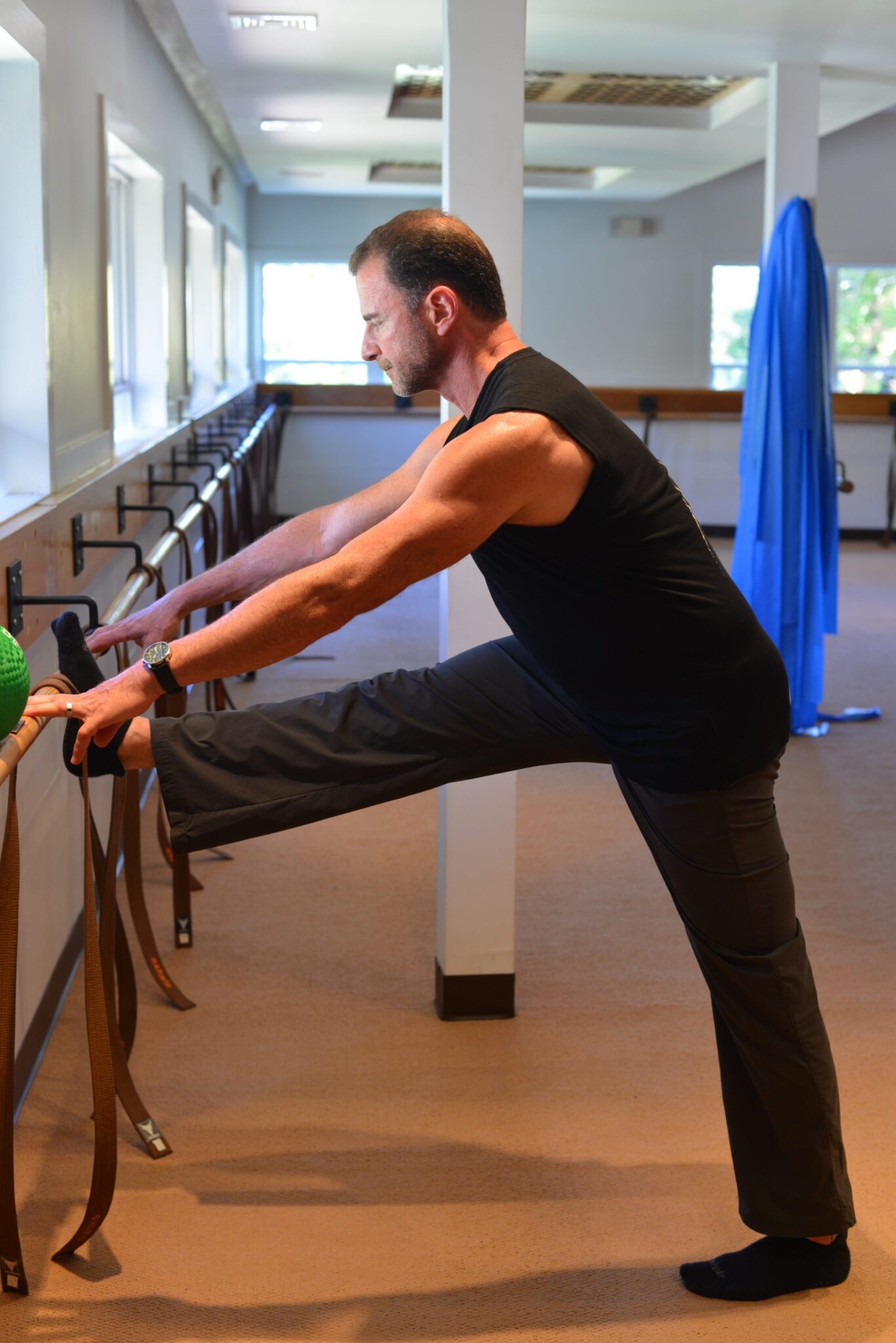BECOME A MEMBER
TODAY + GET YOUR
FIRST MONTH FOR ONLY $50!
VALID AT ALL LOCATIONS EXCEPT ATLANTIC CITY AND BERMUDA.

By Fred DeVito
Core Fusion co-founder and ultimate barre aficionado, Fred DeVito, breaks down the history of barre, how it works to change your body, and what to look for in a high-quality barre class.
First things first: what is a barre?
The Barre, a word taken from the world of ballet, is a fixed pole, firmly attached to a wall so that a person can pull, push, hold or lean on to gain support when performing exercises that are primarily using one’s body weight as resistance. These movements stem from the original ballet barre warmup that dancers use to prepare and train themselves for their actual dance combinations in a performance.
When and where did barre workouts originate?
Lotte Berk, the founder of the barre class space and the direct lineage of the technique decades ago, combined her knowledge of dance based exercises with orthopedic core work that she learned from physical therapists when going through the process of healing a dance-related injury. Her combination of these two disciplines inspired her to create a class called Rehabilitative Exercise in London back in the 1960’s.
A decade later, the technique was introduced in the 1970’s in NYC at a studio named in her honor, The Lotte Berk Method, and an exercise system was born. That’s where exhale got its roots — I taught there as well as my wife and partner, Elisabeth Halfpapp. Both of us taught 34 classes a week for almost 20 years (if you can believe that!) and that’s how we established ourselves as authorities in the barre space, training many teachers who now run or own some of the major barre studios and franchises in the world. Every major player in the barre space can track their roots back to us at the Lotte Berk Method since we were the leaders there for 20 years.
Finding the right position at the barre
As a teacher of this technique from its inception, I have seen the pros and cons of some of the positions and movements through the years. Patterns were established that were great learning experiences which helped us create our ultimate version of the Lotte Berk Method called Core Fusion Barre by exhale.
Since the original Lotte Berk exercises were almost exclusively based on the now-infamous posterior pelvic tilt or “tuck” as it is called in class, as well as no trunk extension, limited stretching and hardly any upper body strengthening work, we made a lot of changes when creating Core Fusion Barre.
Barre classes are famous for changing the shape of the body by creating long lean thighs, flat abdominals, high lifted glutes, better posture and more energy. The class, when taught correctly, offers a blend of strengthening, stretching, endurance and stamina while using primarily your own body weight as resistance.
The exhale difference
Many barre classes depend heavily on upper body weights, leg and glute barre positions as well as abdominal work supported by props for your back. This type of system allows for quick instructor trainings and is supported by choreography, musical playlists and scripts for instructors to memorize.
But if you’re looking for a high-quality barre class, there is a lot more than just choreography and script.
The right barre class will help you evolve to a higher level of fitness which includes not only looking better but feeling better too.
So, how do you find the right barre class? Here’s what to look for:
So now that you’re a barre expert, put that knowledge to good use by booking your next barre class. In NYC? Book a class with Fred DeVito here.